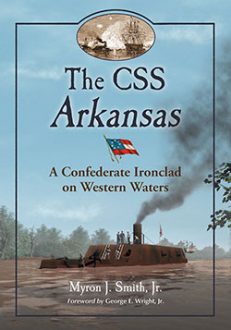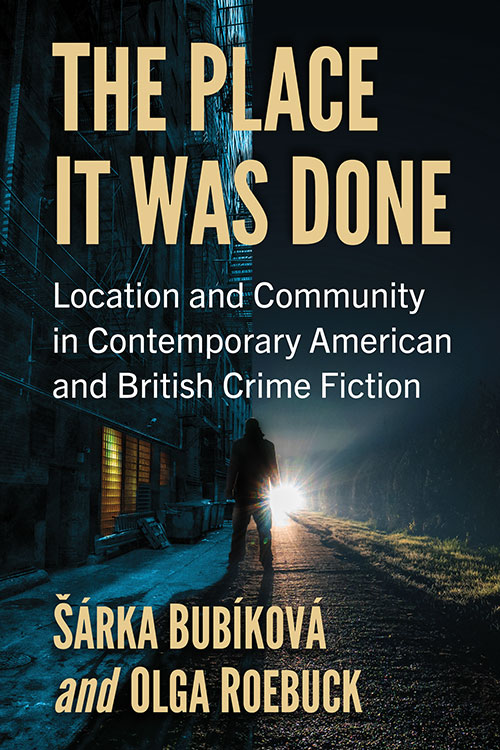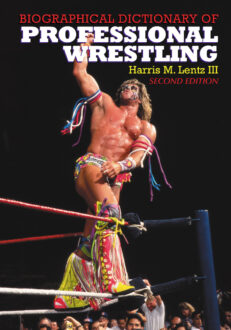Subtotal: $35.00
The Place It Was Done
Location and Community in Contemporary American and British Crime Fiction
Original price was: $55.00.$27.99Current price is: $27.99.
In stock
About the Book
Locations play an important role in every story, but in British and American contemporary crime fiction, they are often inextricable from the narrative. This work examines the city, the countryside and the wilderness as places ripe with literary significance and symbolism.
Using works by authors like Robert Galbraith, Ian Rankin, Denise Mina, Chris Brookmyre, John Knox, Peter Robinson, Linda Barnes, Dana Stabenow, Nevada Barr, Les Roberts, Philip R. Craig, and others, this work offers a fresh assessment of how place and space are employed in contemporary crime fiction. Highlighted are similarities and differences among the authors’ approaches to setting, and how they relate to the history of crime fiction and to the general literary representation of place. Going beyond mere literary geography, the book engages the sociocultural dimensions of the communities affected by crime. Chapters also analyze the reader’s perception, recognition and appreciation of place and community.
About the Author(s)
Bibliographic Details
Šárka Bubíková and Olga Roebuck
Format: softcover (6 x 9)
Pages: 193
Bibliographic Info: notes, bibliography, index
Copyright Date: 2023
pISBN: 978-1-4766-8777-3
eISBN: 978-1-4766-4905-4
Imprint: McFarland
Table of Contents
Preface 1
Introduction 3
Chapter One—The City 9
1.1. The Changing Role of the Urban Setting 9
1.1.1. Robert Galbraith’s London 12
1.1.2. Ian Rankin’s and Christopher Brookmyre’s Edinburgh 17
1.1.3. Denise Mina’s Glasgow 22
1.1.4. Joseph Knox’s Manchester 27
1.2. City as a Repository of Memories 30
1.3. Following and Mobility 36
1.4. American Urban Setting: City Domesticated 44
1.4.1. Sara Paretsky’s Chicago 46
1.4.2. Linda Barnes’s Boston 48
1.4.3. Les Roberts’s Cleveland 53
1.4.4. Laura Lippman’s Baltimore 59
1.5. City as a Temporal Entity: Memory and Urban Change 62
1.6. Walks, Drives and Surveillance 70
Chapter Two—The Country 74
2.1. British Idyllic Countryside Questioned 74
2.2. The Idyllic Countryside of the Amish Farmland 91
2.3. Ambiguous Countryside: Martha’s Vineyard 104
Chapter Three—The Wilderness 110
3.1. Wilderness as Literary Environment 110
3.1.1. The Southwest 118
3.1.2. Alaska 131
3.2. Outsiders in Wilderness: Tourists and Pets 136
3.3. Wilderness as a Literary Topos 139
3.4. Wilderness as Metaphysical and Mythological Landscapes 147
Chapter Notes 163
Works Cited 177
Index 183
Book Reviews & Awards
- “…a complex, thorough, and insightful research asserting that traditional setting remains an important site of crime.”—Alena Smieskova, associate professor of English and American Studies, Comenius University, Bratislava, Slovakia
- “An impressive, complex approach to the role of place and community in crime fiction.”—Dr. Elżbieta Perkowska-Gawlik, assistant professor, department of English and American Studies, Maria Curie-Skłodowska University in Lublin (Poland)
- “An immensely readable, informative book… an inspiring read… a great resource not only for literary scholars, but also for students who wish to acquire a deeper understanding of the crime fiction genre.”—Skase Journal of Literary and Cultural Studies

 The CSS Arkansas
The CSS Arkansas 




